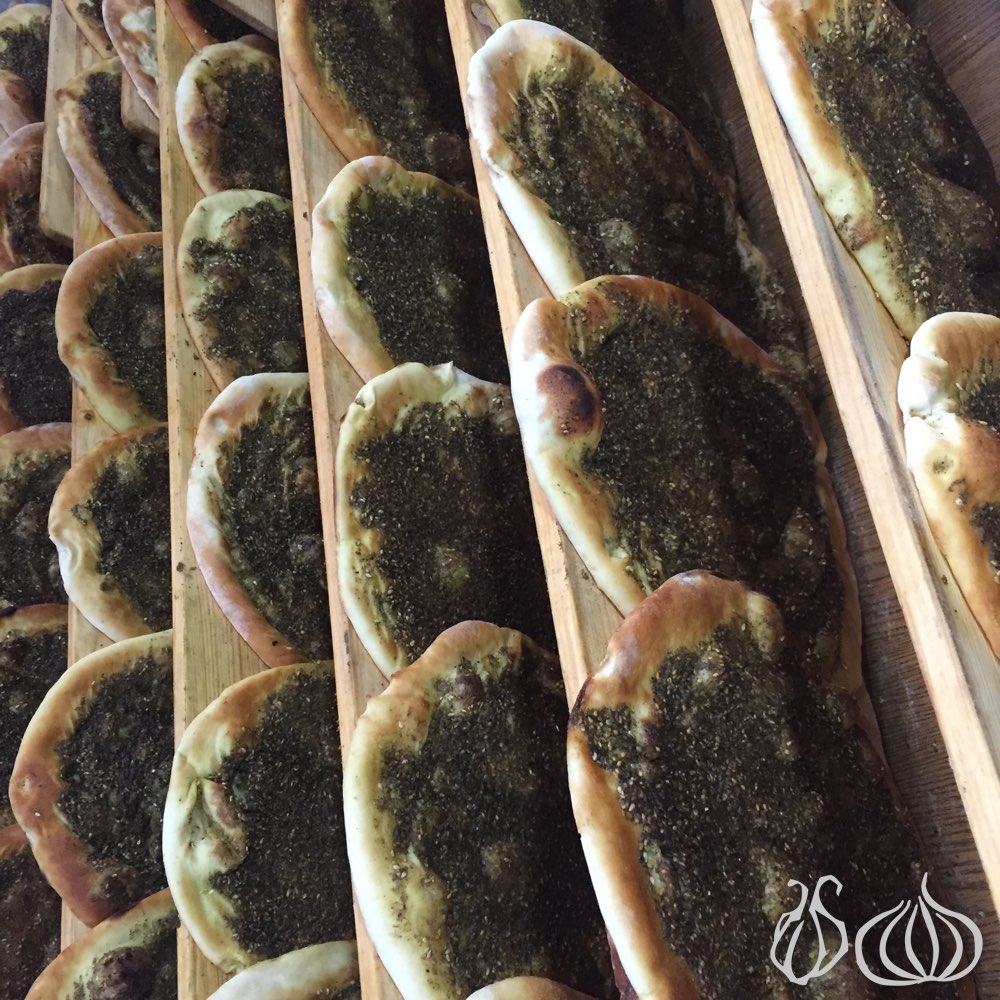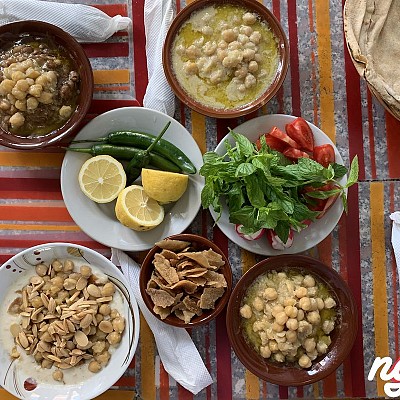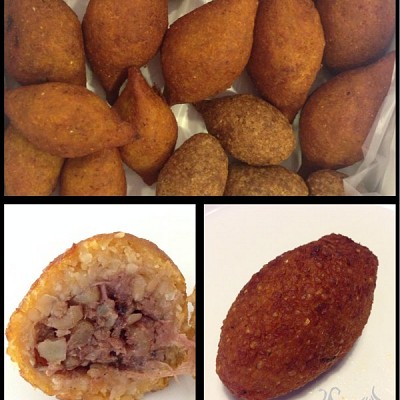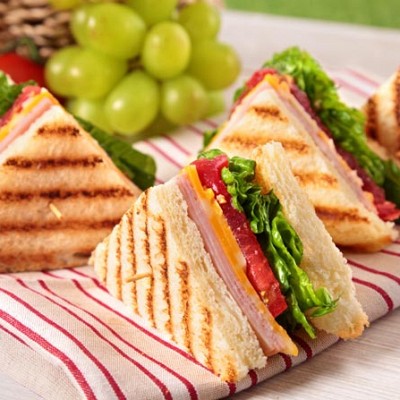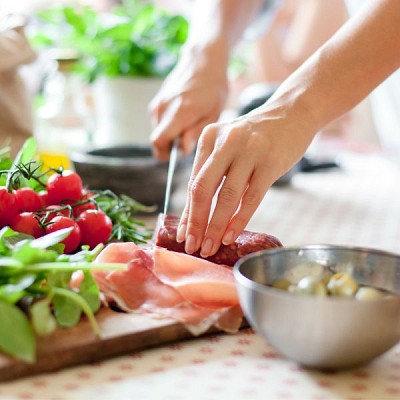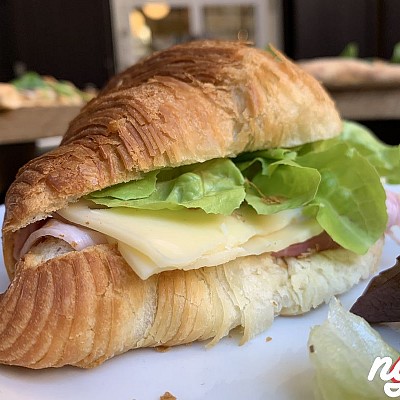The marriage between cheese and bread is an almost universally accepted union.
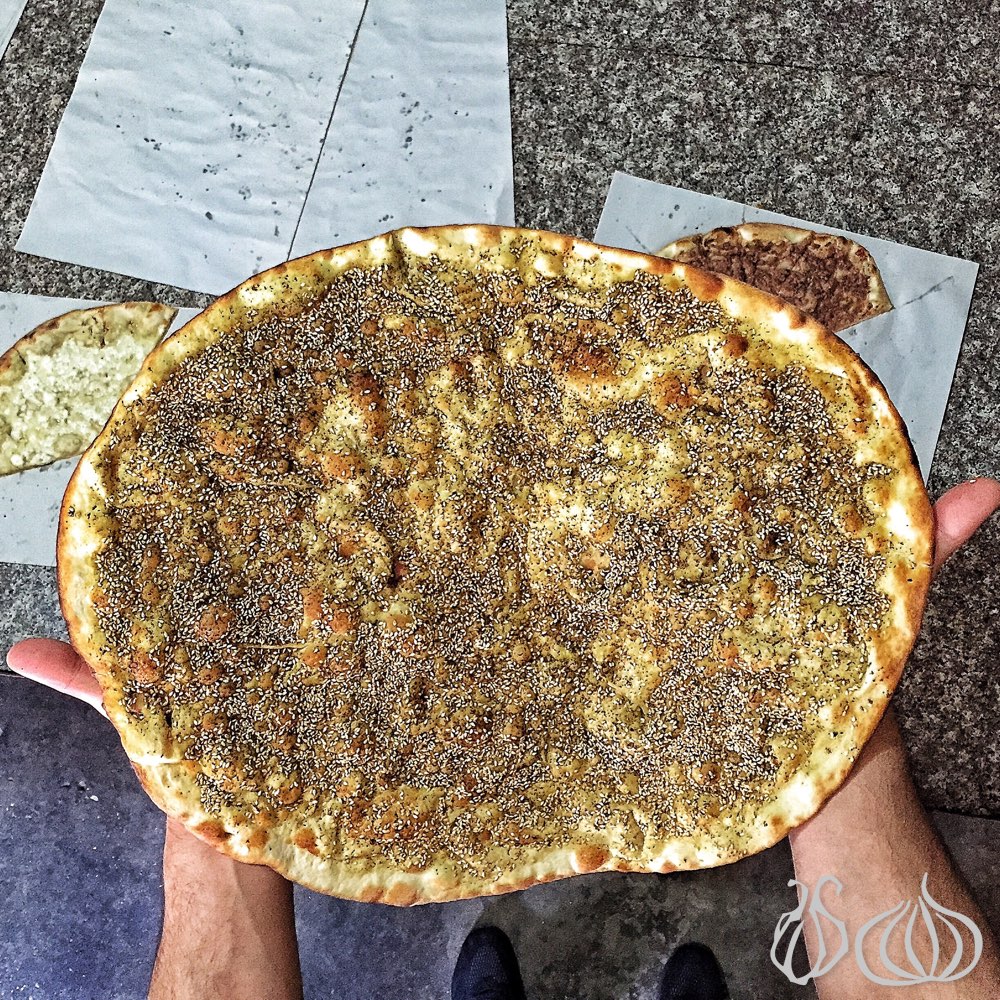
While the West has the classic grilled cheese and toasties, the Middle East has the manqousheh: a slab of dough with salty cheese that melts within in the few seconds that bakers thrust it into a hot brick oven.
The manqousheh is synonymous with Lebanese food, with its signature zaatar (thyme) spread. While Syrians, Armenians and Turks, have their own variation, Lebanese restaurants seem to dominate the manqousheh scene here in Dubai.
“The zaatar, the creation of something called zaatar is not just thyme, it’s simply zaatar, and this mix we have for it is with sesame and olive oil,” Dr. Anthony Rahayel, a prominent Lebanese food blogger known by the name "NoGarlicNoOnions," told Al Arabiya News.
“It is a very unique, sexy, special food which is why it’s taking over the world,” he added.
Numerous bakeries have been rolling out these warm and decadent pastries for years in the UAE.
Al Reef bakery in Dubai’s Jumeirah area and Al Arz bakery in Sharjah are some classic manaqeesh (plural for manqousheh) institutions that have been serving up the delicious pastries for years in the UAE.
Lebanon-based Zaatar w Zeit (thyme and oil), a more recent addition to the scene, also quickly marked its spot with its landmark wild zaatar manqousheh.

While local-grown restaurants charge between the averages five and 12 Dhs in the UAE, spots like Zaatar w Zeit and Manqousheh Street are in the higher price bracket.
In Beirut’s Zaatar w Zeit, a classic cheese sandwich would cost the equivalent of 2.5 dollars, while the Dubai branch would charge 3.5 dollars.
The main source of manaqeesh in Lebanon are the numerous bakeries, some small and some big, that line the country’s streets. “It's a quick to eat meal, easy to grab on the go, cheap to produce and sell!” said the Lebanese food blogger.
In Dubai, the sandwich – sometimes served open-face – is on the menu of restaurants that occupy some of the city’s most expensive neighborhoods such as Marina and Jumeirah.
The pastry was not always popular among city folk and was traditionally a “mountain food.”
“It is not a street food traditionally, because when you speak about street food we say city food, and Manqousheh is traditionally mountain food,” Kamal Mouzawak, the head of a weekly farmers’ market known as Souk El Tayeb in Beirut, told Al Arabiya News.
“It used to be prepared once a week or once every two weeks” using home-made dough.
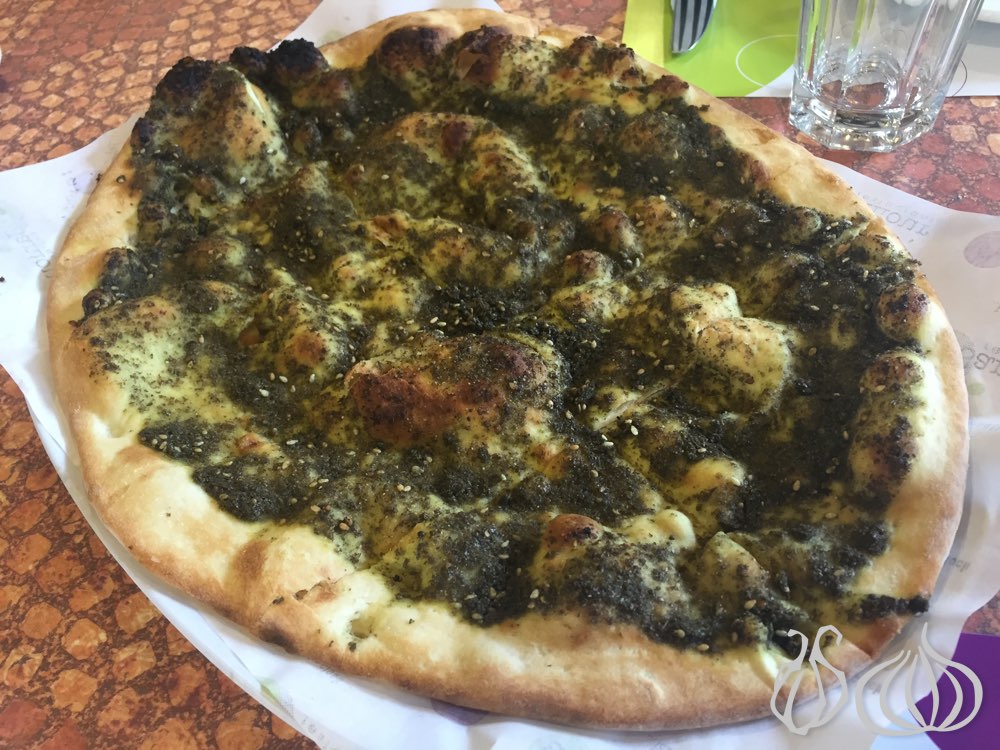
“Whenever the mother baked the bread on the stove or ‘tannour’ for her family, she didn’t have time in the day to prepare lunch so she would take the same dough and put over it whatever she has from greenery or thyme or cheese,” he said.
Today, the manqousheh engulfs cheese, minced beef with spices and tomato, sausages
“They would put maybe meat, but meat is more of a city tradition, lahme baajine is more of a city tradition and not a mountain tradition,” Mouzawak added.
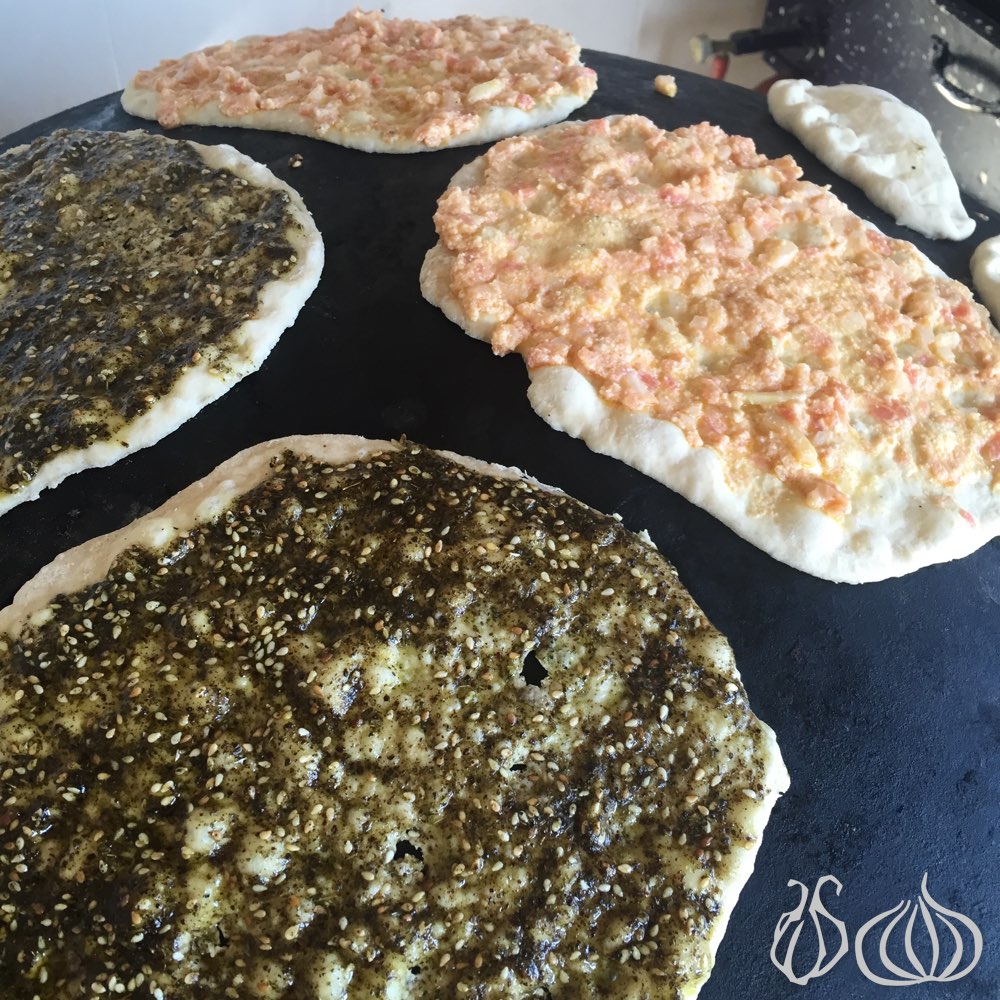
Rahayel feels as though the manqousheh trend is just beginning.
“It will become a very big trend around the world, like hummus,” Dr. Rahayel said.


















